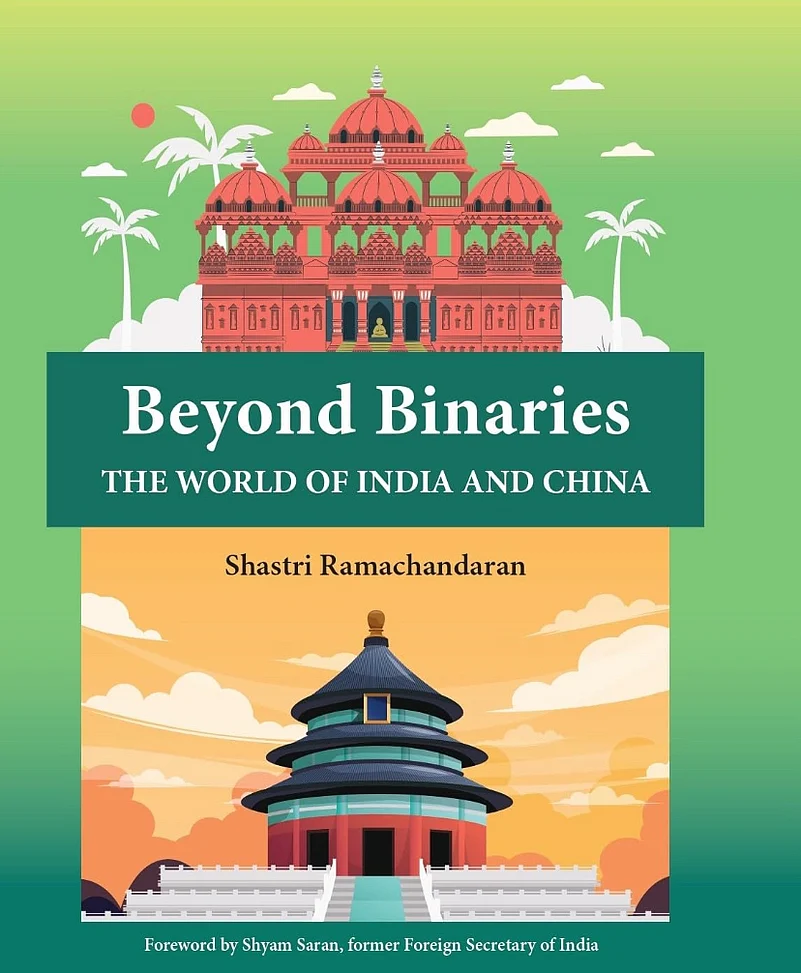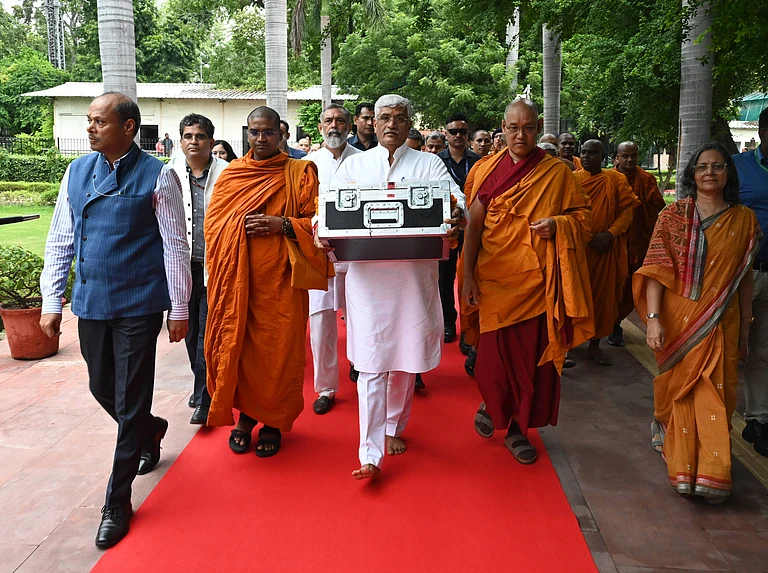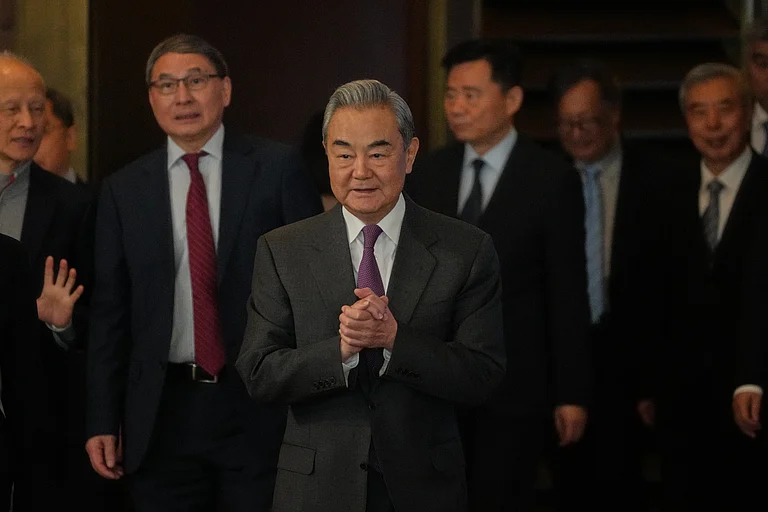Beyond Binaries: The World of India and China by Shastri Ramachandran is a timely intervention about India-China comparisons as it contextualises various developments unfolding in China in the last one and a half decades, foregrounding them with an Indian view. The book comes as an antithesis when it is indeed fashionable to emphasise the binaries of India and China rooted in competition and conflict. Shastri presents a convincing argument by laying out brief pieces about China, India-China relations, and their world, making the book lucid and appealing to readers interested.
The extensive experience of Shastri as a journalist working across media organisations in China between 2008 and 2020 provides him with an incisive "eye to China". He analyses China's development and changes in various dimensions, simultaneously drawing parallels in the remarkable transformations in India during the same time. While highlighting the exceptional shifts within Chinese society, politics, economy, foreign policy, and various other domains, Shastri notes the contentious one-child policy, political power struggle, anti-corruption, and deceleration in the economy as major watershed events of China's transformation. Shastri captures both external and internal perspectives on these events between 2008 and 2022, and the book is a compilation of the various articles written during this period.
Notwithstanding the present rift in the India-China relationship, Shastri maintains his emphasis on the many potential avenues of fruitful cooperation between the two. A case in point is his insights into the mutual benefits between China's investment capacity and experience in infrastructure building, on the one hand, and India's massive infrastructural needs and growing markets, on the other.
Beginning with Rajiv Gandhi's historic visit in 1988 and culminating in Manmohan Singh's economic summit with Chinese Premier Wen Jiabao in 2008, the book sheds light on the thawing of Sino-Indian ties in the years following the 1962 Chinese invasion. It then discusses the flourishing new phase between the two countries and, finally, identifies the differences and difficulties that caused tension and disputes in the Narendra Modi-Xi Jinping engagements.
Among the most captivating portions of the book is Shastri's insights into Chinese media organisations via chapters entitled 'Manufacturing Mindsets.' Demolishing the myth of China as a monolith, Shastri brings out the diversity and order-defying tendencies among the Chinese people. At the same time, this chapter leaves the readers wanting more about the role of media in China as an active site of shifting political narratives, cultures, and debates.
Shastri refers to the power struggle between the party, the government, and the military in China, and it would have benefitted the reader immensely if the deeper nuances of these struggles and contradictions had been unravelled. The media organ of the party is a live site of these power struggles, and explicating their intricacies remains a challenge for any author on the subject. Despite differences between the different party and state organs, Shastri concludes that the Chinese media manages perceptions of India and cites five concrete examples of 'tight management' in this regard. The impact and interplay of various layers of party pantheons, including elites, institutions, and bureaucracy, on media management in China. In the case of India, while bemoaning the lack of informed and in-depth analyses of India's neighbourhood by media, Shastri underscores the need for Indian media to move beyond the shadow of India-China border disputes and not define the whole set of relations by this conflict or set ideologies vis-à-vis each other.
With its summarising refrain of not letting the US push or influence India's China policy and that China must 'create conditions for the two countries to pursue reconciliation in their mutual interest', Shastri presents a more conflict resolution-oriented proposition. Indeed, with this book, he has created a counter-current, especially when the prevalent India-China discourse is set within the binaries of a zero-sum game.





















